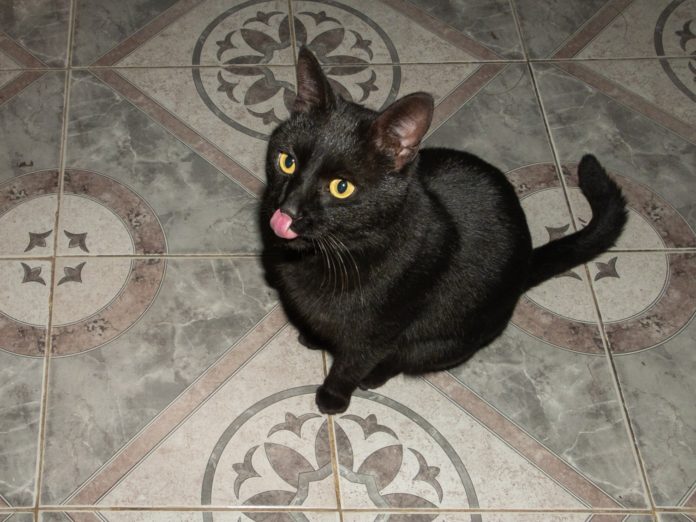The ABCs of Cat Language
Cats use vocalization as part of their cat communication, which is perhaps most evident during playtime. Cats communicate with each other nonverbally using body language and affection.
The field of cat behavior research is sparse in comparison to the many studies conducted on dogs and how pups think, behave, and communicate.
2. Body Language
Cats use body language to communicate with each other and humans. Some signs of aggression include ears flattened against the head, a lashing tail, bristling fur, and an arched back or tail. Dogs use body language to communicate with humans. Dogs may show signs of anxiety or stress when they are fearful, sick, or injured. When a dog is fearful or stressed, its body may tense up and its ears may be pinned back against its head.
Signs of anxiety in dogs can include tail wagging slowly and repetitively, panting heavily, drooling, cowering away from people or other animals, staying close to the owner’s side, and hiding under furniture or beds.
When a dog is injured or has an illness, it may also exhibit signs of stress such as licking its wounds excessively or refusing to eat/drink/play normally.
26 Licking or grooming
Cats lick or groom themselves for many reasons-including to bond, clean themselves, and dislodge parasites. Grooming can take up a significant portion of cats’ time, and is especially important in hot weather.
Overview of Cat Communication
Cats communicate with each other and humans using a variety of methods, including vocalizations, body language, and scent. Cats use communication to bond with each other, relate to humans, and get what they need or want. As cats have been domesticated extensively over the years, their communication methods have been significantly changed due to this process.
Cats meow more than feral cats. Domestic cats are more vocal than their feral counterparts. Cats use vocalizations to communicate with one another. Different vocalizations convey different messages. Cats use their tails to communicate as well. Domestic cats usually make a wide variety of sounds, but some specialist breeds may have fewer sounds overall or in specific categories of communication (such as meowing).
Cats oftenCommunicate with humans through facial expressions and body language, which can be interpreted in various ways by the human receiver depending on their relationship to the cat and the context of the communication exchange.
How Smart Cats Are
Smart cats are cats that are able to solve problems and perform tasks that are not expected of them. They are not as smart as dogs, but they are still able to learn and perform tasks that are beyond their intelligence. Cats have twice as many neurons as dogs. Cats get a bad rap when it comes to their intelligence sometimes because they are so independent and choose not to come running when called. Cats also have amazing ways to communicate but you have to be able to read their language of communication.
Most Intelligent Cat Breeds : When it comes to intelligent cat breeds, you will find that the Abyssinian is at the top of the list. This breed has a high energy level and they are very social. They have been known to easily learn tricks and they like to be the center of attention. They are also very talkative cats who will let you know exactly what they want.
The next intelligent cat breed is the Siamese. This breed is extremely smart and they are very vocal as well. They love to be the center of attention and they will do anything possible to get that attention. Siamese cats are very playful and they are full of energy. They will do whatever it takes to get what they want, which is attention from their owners.
Cat Body Language: Ears and Eyes
Cats use body language to communicate with others. Ears and eyes are important in displaying body language. When a cat feels threatened, they may show signs of aggression through their body language. Cats use their ears and eyes to communicate with humans. Cats use their ears to listen for danger, communicate with other cats, and locate prey. Cats use their eyes to watch humans and track movement.
When a cat hisses or growls, it is often an indication of anger or aggression.
Ears
Cats have super-powered hearing and will react to sound with flattened ears. When the ears are straight and up, it means something alerted the cat. Flat ears generally indicate that the cat is feeling threatened or angry.
Eyes
Eyes communicate a cat’s feelings. Eyes may close tightly when a cat is feeling overwhelmed. When a cat’s eyes are open, the pupils and shape of the eyes will also communicate with you.
Your cat’s eyes may indicate its mood or feelings. Eyes can be used to communicate with your cat. You can use eye contact and body language to understand your cat’s feelings.

